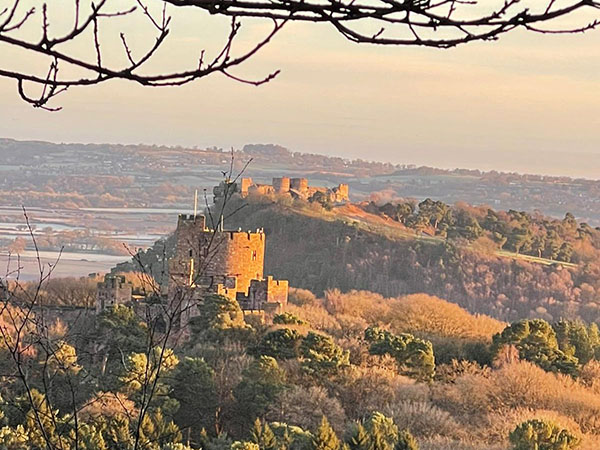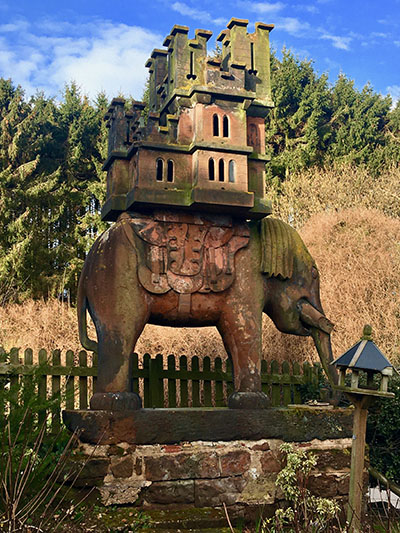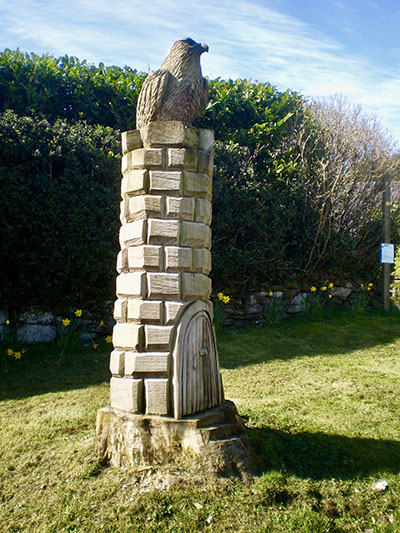The pretty village of Peckforton is nestled below hills of the same name in a rural part of Cheshire and is predominantly agricultural, consisting of several farms and residential properties. It has a diverse collection of historic listed buildings, many are timber-framed with wattle and daub or brick infill, others of sandstone. Most would have originally been thatched. The earliest existing cottages date from the early C17th.
The Peckforton Hills form the western part of the parish with high points at Peckforton Point (203 metres) and Stanner Nab (200 metres). They are the source of the Weaver and Gowy rivers. Part of Peckforton Woods, largely planted in 1922, form an SSSi. The hills have been quarried since the Roman era. Peckforton appears in the Domesday survey of 1086.

At the northern end of the Peckforton ridge stands the Grade I listed Peckforton Castle, a Victorian replica of a medieval castle designed by Anthony Salvin in 1844–50 for John, Lord Tollemache.Built around a walled courtyard with battlements and towers, the castle stands opposite the genuinely medieval Beeston Castle and is surrounded by a dry moat.Uninhabited since the Second World War, the castle has been used for film and television locations. It was sold in 1989, and subsequently converted into an hotel and is a popular venue for Civil Weddings.

A red sandstone carving depicting an elephant bearing a castle stands in a garden on Stonehouse Lane in Peckforton village. It dates from around 1859 and is listed as Grade II. It was carved by John or William Watson, a local stonemason then working on Peckforton Castle. The elephant and the castle are each carved from a single piece of stone, which derives from the same quarry as the castle. The original purpose of the carving is unclear.

The buzzard sculpture on the mini-village green was carved from the remains of a large tree which stood on the site.
